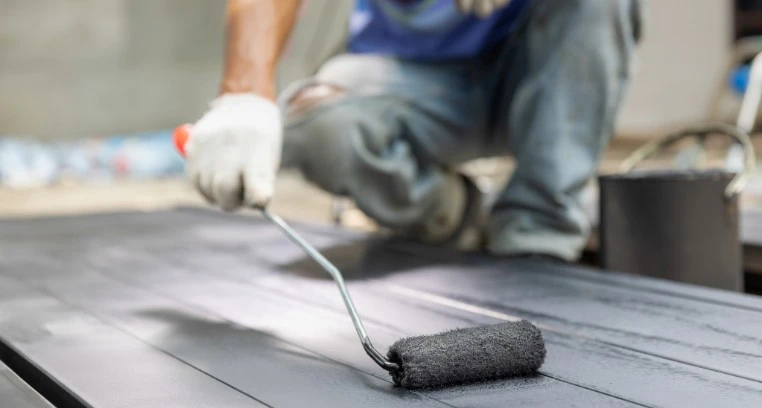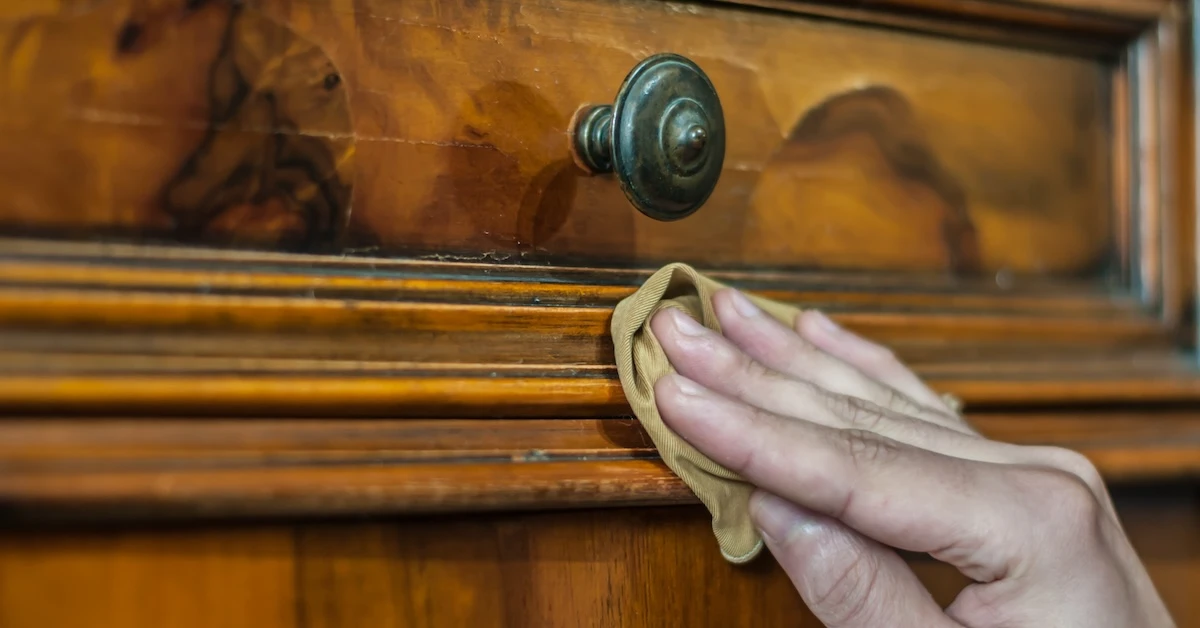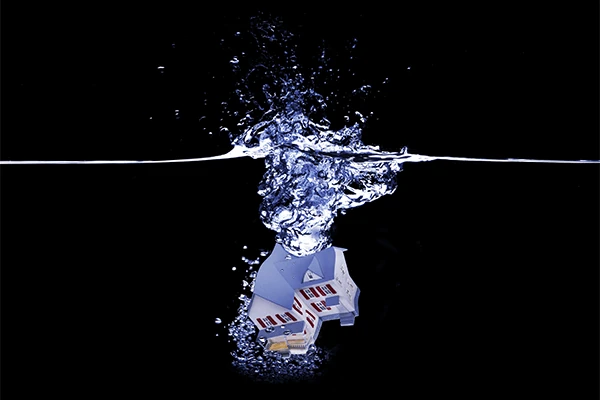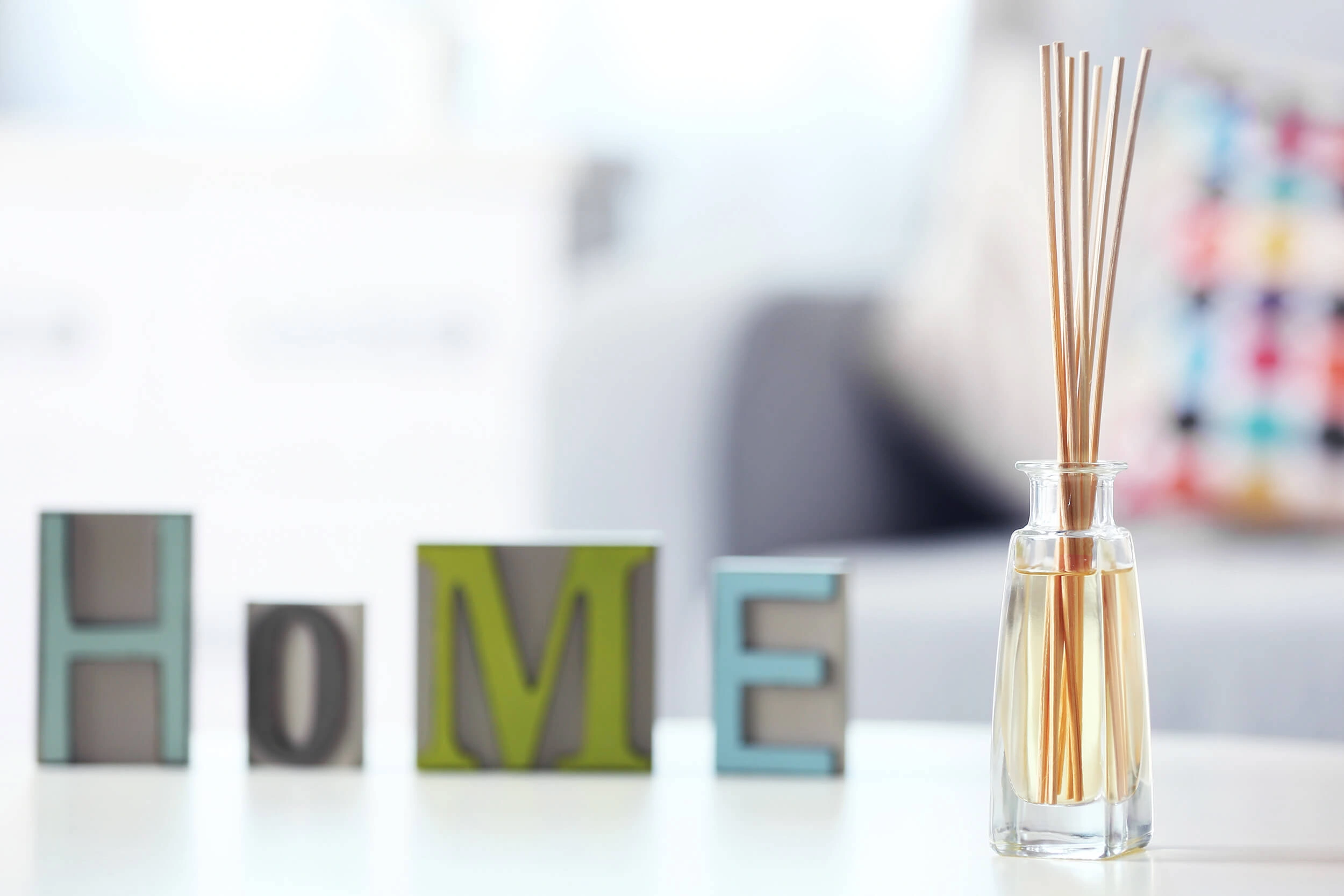Home Decorating Tips


Home Decorating Tips
A Step-by-Step Guide to Painting Metal Like a Pro
Posted on October 16, 2025
Last updated November 17, 2025
Metal surfaces are found almost everywhere, from gates to furniture and fixtures. Although some people find it difficult to work with because of the possibility of rust and wear and tear, you can prevent these once you learn how to properly apply paint on metal. Let this guide on using metal paints help you navigate the ins and outs of working with these materials.
Which Types of Paint Work for Metal?
When painting metal surfaces, not just any paint will do. You’ll want to choose a paint that will stick to metal and hold up against rust, moisture, and daily wear and tear. The good news is, Island Paints has products specifically formulated for use on metal surfaces. Good options to consider, all of which can be applied using a brush, roller, or spray, include the following:
- Island Paints ColorQuick: This is an alkyd-based coating that can be used as a general-purpose finishing coat on metal surfaces, as it provides excellent adhesion. ColorQuick comes in 30 colors that suit various design styles.
- Island Epoxy Enamel Paint: This is a two-component system that contains Epoxy-Polyamide resins. It can provide hardness, toughness, flexible film, superior adhesion, and corrosion and chemical resistance, making it an excellent choice for surfaces made of metal, wood, and concrete. This product comes in black, white, and six ready-mixed colors.
- Tex-a-Kote Topcoat Colors: This high-quality acrylic-based paint for interior and exterior surfaces can help provide high opacity, good alkali, and scrub resistance. It’s a good option for people looking for added durability for metal surfaces, ensuring they last for a long time with minimal maintenance and upkeep.
Metal Paint Preparation Pointers to Remember
If you are determined to paint on metal, here are some reminders to keep in mind to ensure the best results:
- Don’t underestimate the power of a good-quality primer: Sure, people will more likely notice the color and appearance of a finished paint job on a metal surface. However, such efforts will be wasted if you don’t apply a primer for metal surfaces underneath. Ideally, do your research on the type of metal primer that’s suited for your chosen surface.
- Clean your metal surface before primer and paint application: A dirty surface can be disastrous for your project. Remove old paint, rust, debris, grease, and dirt using sandpaper, a scuffing pad, or a wire-brush tool before applying any product. This step helps eliminate imperfections and provides a smooth surface for the primer and the paint to stick to.
- Keep safety and ventilation in mind: Remember that you are still handling products containing chemicals. Wear a face mask or a respirator, goggles, and gloves to reduce the risk of accidents. Open windows and/or doors in the space you are working in to prevent fumes emitted by the product from being trapped in the area.
How to Paint Metal, Whether You’re a Beginner or Otherwise
Once all your materials are ready, follow these steps and paint the metal surface of your choice:
- Remove traces of rust, dirt, loose or flaking paint, and other debris using sandpaper, a scuffing pad, or a wire brush. If there are still traces of rust that won’t go away, ask an industry expert about using rust removers and soak the affected portion. You can also consider using Island 440RC Rust Converter Paint, which can convert rust to iron phosphate so it integrates with the metal surface.
- Once the surface is clean, use a damp cloth to remove leftover rust, dust, or debris. If there is leftover grease, take a rag, dip it in Mayon Lacquer Thinner, and wipe the affected area. Let the Mayon Lacquer Thinner dry before proceeding to the next step.
- Apply your chosen metal primer to the surface, following product instructions. Take note of the primer’s drying and curing times to determine when you should apply another coat or proceed immediately to painting the surface. If you are working with metal that’ll be placed outdoors, you may want to apply two coats of primer to prevent metal oxidation and allow it to withstand nature. Plus, let the metal surface dry in an area away from extreme temperatures or direct sunlight.
- Once the primer is completely dry and you are satisfied with the number of coats you applied, paint the metal surface. Just like with primer, choose an option that’s most suited for the type of metal you are working with and follow product instructions regarding application and drying times. Topcoats for metal surfaces can be applied using brushes, air sprayers, or rollers.
- If you plan on coating the metal with multiple layers of topcoat, wait for the product to completely dry before applying another layer.
- Once you are satisfied with the paint job, store the primer and the topcoat accordingly, following product instructions. Tightly seal the products before storage and keep them in an area that does not go above 30 degrees Celsius and is away from children.
Painting metal surfaces may seem daunting, especially for beginners, but with Island Premium Paints, you can make this seemingly tricky surface work for your next project! Discover inspiring ideas and smart solutions that make every room and home a masterpiece with the help of these decorating tips from Island Paints.
References:
https://www.metalsupermarkets.com/what-are-the-major-metals-used-in-construction
https://paintingpros.com/4-tips-for-painting-commercial-metal-surfaces/
Our Products
Our line of high quality paints and products will give your home or project the vibrancy it needs.
Explore Colors
Ready to explore colorful possibiliies today? View our popular paint colo combination palettes for great color schemes and room design ideas for interior and exteriors.



